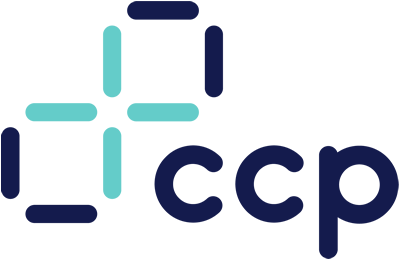
We are constantly told that there are no bad ideas and maybe there aren’t - maybe it’s the execution of ideas that results in undesirable outcomes.
Guest Author
Dave Huntley - Chief Technology Officer (Distributed)
Are there really no bad ideas? This age-old question plagues organisations that are trying to innovate while managing realistic resources and budgets. None of us want to stifle creativity—we’re all encouraged to think creatively and bring new ideas. As we alluded to above, maybe it’s the execution of ideas that results in undesirable outcomes.
Distributed and Contact Centre Panel (CCP) recently teamed up to help more organisations turn their ambitious ideas into reality. Any idea is worth exploring, but without proper execution, outcomes are often lacklustre at best and failures at worst. In a tech landscape where 70% of transformation projects end up failing according to McKinsey, it’s critical to get the strategy and process right at the onset.
We want to set business leaders on the best path possible toward successful digital transformations. With our combined expertise and years of experience in helping companies implement change across industries and geographies, we’ve compiled the guiding principles that will be foundational to any large-scale technical project.
Be clear on strategy and your “why” at the start
Nobody sets out to do a bad job. The execution of a project—especially in an outsourced environment—is complex, so it may not be a specific decision that halts progress, but a situation where people fail to make a decision, or don’t work through the priorities and therefore are trying to work with limited resources.
Distributed Founder, Callum Adamson shares, “Make sure you’re in love with the problem you’re trying to solve, not the solution you think is needed. I see people thinking, ‘I’ve got this great idea for an app,’ rather than ‘This problem needs to be solved.’” Clearly defining the priorities of a project will ensure that everyone is working towards implementing the agreed upon change. When resources are limited, there’s no more important factor to a project than knowing exactly how it will affect the organisation once the project is finished. In order to better track the impact of your change implementation, make sure to identify:
- Key KPIs that will be measured before and after the project
- Goals for those KPIs in order to track against expectations
- Teams that will be affected directly by the transformation
- Stakeholders who deeply understand the problem you’re trying to solve
Make sure you have the right resources dedicated to the project
Change is inevitable in any organisation and if we fail to acknowledge this then those organisations are destined to fail. Opportunities to deliver additional customers, revenue, or margin are dependent on successfully implementing change. The step that makes something a “bad idea” is potentially the decision to not apply the appropriate level of thinking and resources to the project.
Once you understand the parameters of your project and exactly how the change will affect your organisation, it’s time to set out for the right resources. Good ideas become bad ideas when the levels of critical thinking and creativity don’t match the complexity of the project. Make sure there’s enough time, budget, and talent dedicated to the transformation project in order to move forward completely. If there isn’t, be realistic about what you can accomplish with what you have, and flex your creativity to stretch those resources in ways that will help your team make more progress.
At CCP, nearly a decade of work has been dedicated to honing in on connecting organisations to the best resources for their projects. CCP Founder Phil Kitchen shares, “We always see that the best fit organisations to support our clients or network have three key components to their offer. These are:
- Solution, that the needs are clearly understood and the partner is aligned to the same objectives
- Commercials, ensuring sustainability for all engaged to deliver a win/win outcome
- Cultural alignment, to ensure open and transparent communications and delivery
Leverage the right talent at the right time
What truly needs to be considered when making any critical change is that there needs to be the necessary capacity to deliver change whilst managing the day-to-day goals. Impactful change can only be achieved with impactful teams, and sometimes those teams need additional expert perspectives and skill sets in order to more holistically drive a project forward.
This is where leveraging external talent becomes the key to driving innovation at growing organisations that are moving quickly while simultaneously implementing ambitious transformations. We have a deep understanding that success can’t be achieved in a silo. In order for internal teams to excel in their “zones of genius,” they need the right support to enable an open, empowering environment for better productivity and workflows.
Freelancers make up 40% of the digital workforce today. That’s a tremendous amount of talent that can potentially help organisations shift their businesses through successful transformation projects. This talent remains largely untapped today, even as business leaders become more open to the idea of leveraging talent ecosystems outside their own companies. With this leap comes global perspectives, remote working practices, and increased productivity that can be unlocked with the right talent strategy.
We’re building the future of tech transformation—join us
CCP and Distributed are partnering to help organisations achieve greater change at faster speeds—without compromising on quality. Keeping this balance is important to us because we know it’s important to business leaders worldwide. As we continue our work, see how good ideas can become great ideas when the right talent teams can contribute their unique skills sets and expertise to your projects.






